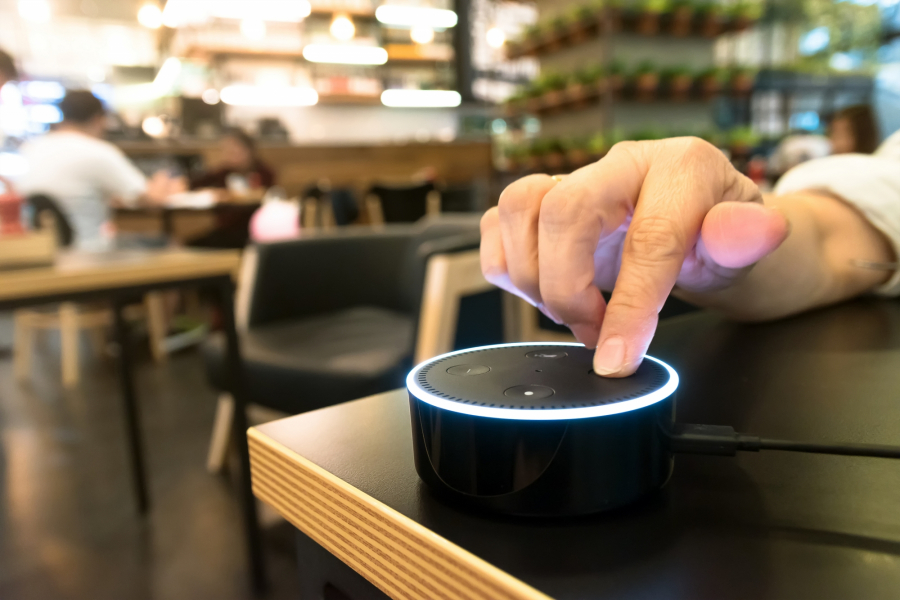Move over human shopping assistants, because there are new bots in town.
Shopping bots, or shopping robots, seem to be the new future for directly purchasing items online with a personal assistant tailored to your desires. Today, companies like Nordstrom Inc
Technological shopping assistance is not a new phenomenon. In fact, bots are a improved version of a chatterbot strategy designed in 1964 by the college professor Joseph Weizenbaum. Calling this program ELIZA, the knowledgeable bot acted as a therapist by asking questions and providing follow-ups. The shopping bot later materialized with the 1995 release of the shopping bot BargainFinder. This bot allowed consumers to hunt for different prices on products offered by multiple vendors. By not visiting stores in person, buyers could instantly save money and time.

If a customer wants a more immersive experience, this is made possible through the use of augmented virtual reality. The furniture superstore IKEA released an app that allows customers to preview furniture; using their phone's camera, they can virtually place furniture in their own homes. Even the makeup carrier NARS Cosmetics offers a virtual reality makeup applicator; users are placed in a 360 degree room and given the option of multiple products to try on.
Virtual reality has reached expensive brands as well; luxury retail stores Tommy Hilfiger and Dior (EPA: CDI) both offer shoppers virtual reality headsets to watch runways and talk with models behind-the-scenes.
On a different end, technology competitors Google

The fast-fashion clothing store H&M (STO: HM-B) launched a messaging app that chooses clothing based on the style preferences of customers to multiple-choice questions. Similarly, Nordstrom Inc utilized a direct messaging bot that helped shoppers make purchases during last year's holiday season.
Unfortunately, the messaging bots for shopping aren't always successful. In a hilarious twist of events, a bot from ASOS mistakenly asks for an order number and personal details to an irritated customer. While the ASOS bot tries to communicate with the customer, other Facebook onlookers begin to comment on the chaos, with one commentator stating "Just reading this stresses me out." Rapidly, an ASOS bot responded according to its algorithm, stating "Hey Kate, I'm sorry to hear you were stressed out with your return. Not to worry, it can take up to 7 working days for your return to reach our warehouse."
One critic questioned the interpersonal use of bots by companies, stating "Your employees' interactions with your customers is an expression of your personality as a brand, and that personality really comes through. It's never going to happen in a chatbot."
It's safe to say that people don't want bots helping them shop, due to the nature of the experiment.
"To be honest, I'm a little worried about the bot hype overtaking the bot reality," stated M.G Siegler, who is associated with the investment capital firm GV. "Yes, the high level promise of what bots can offer is great. But this isn't going to happen overnight. And it's going to take a lot of experimentation and likely bot failure before we get there."
- http://www.retaildive.com/news/how-chatbots-are-going-to-redefine-retail-customer-service/417458/
- http://www.recode.net/2016/4/11/11586022/what-are-bots
- https://www.bloomberg.com/news/articles/2017-02-22/humans-don-t-want-robots-to-help-them-shop
- http://time.com/4273885/virtual-reality-shopping/
- http://mashable.com/2016/05/25/auto-respond-facebook-asos/#DDTt2V9HLGqW














